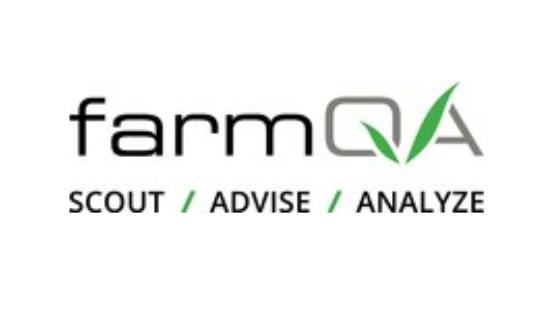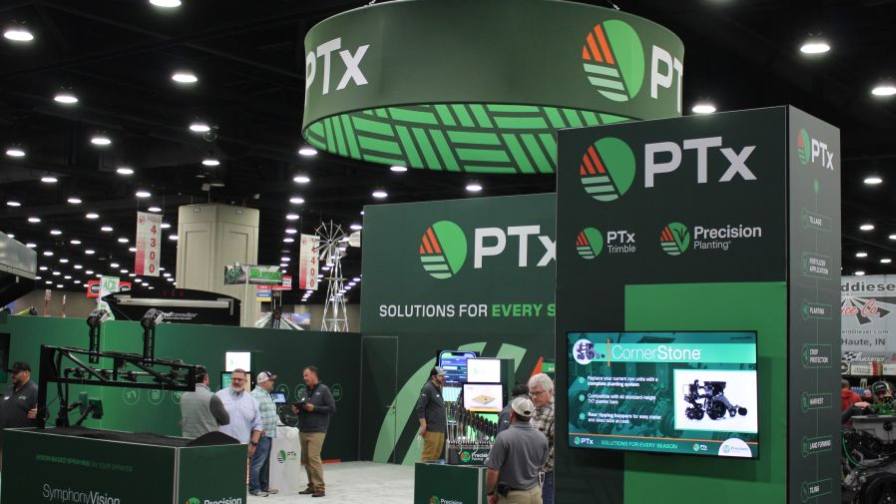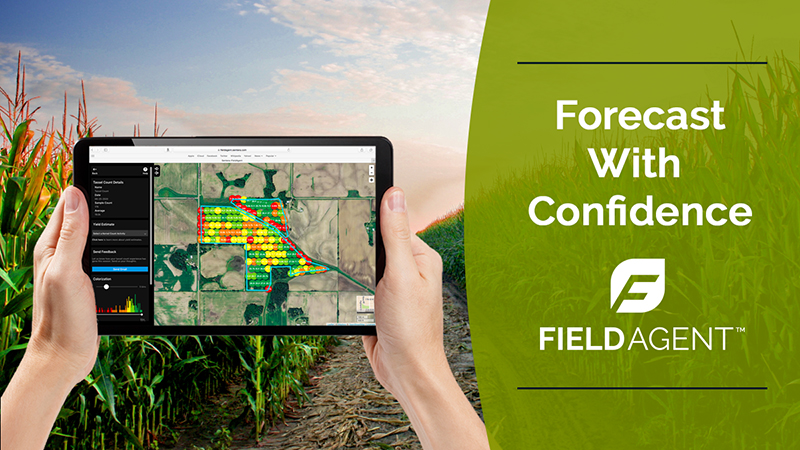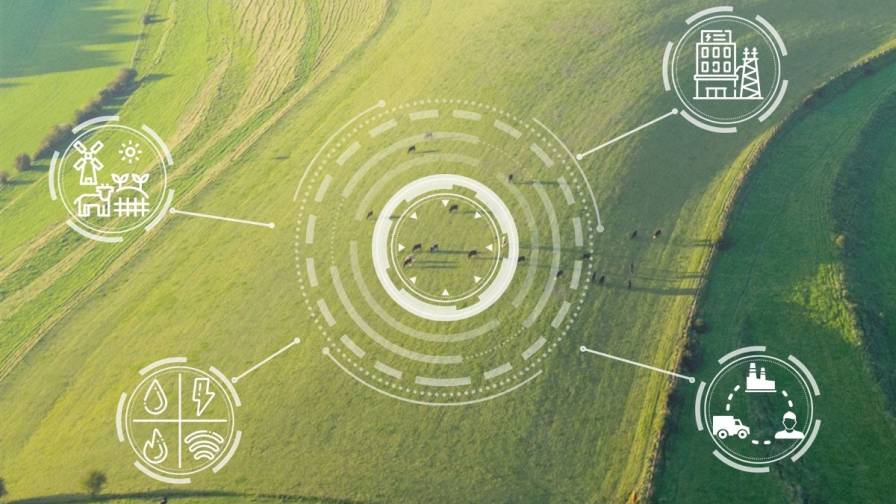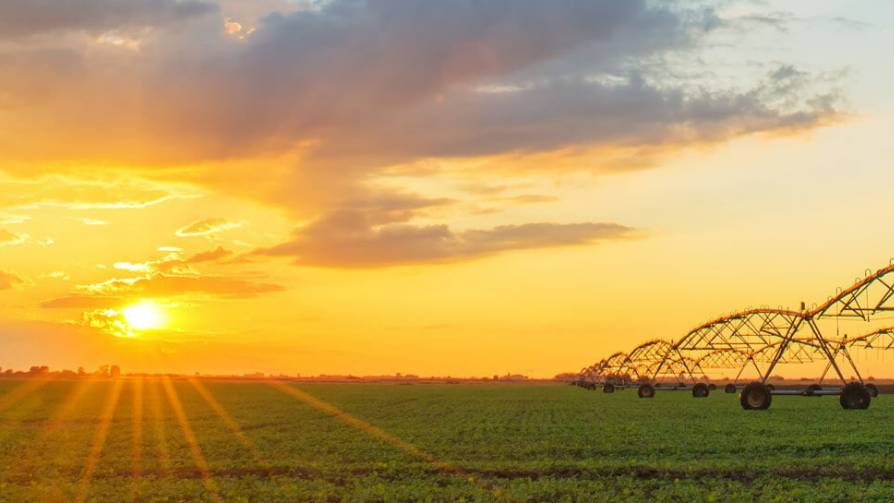Sowing the Future: The Global Agriculture IoT Market Is Experiencing Rapid Advancement While Expanding Its Reach
The Internet of Things (IoT) provides essential infrastructure to transform agricultural practices as they adapt to climate challenges and increased food production needs. IoT technology enables traditional agricultural operations to become intelligent ecosystems through real-time data collection and enhanced decision-making abilities which come from connecting various devices and systems. The Agriculture IoT forms the foundational systems required to develop a future food system that maintains interconnectedness and resilience throughout the entire journey from cultivation to storage.
Market Snapshot
The Agriculture IoT Market grows rapidly because precision farming needs, real-time crop monitoring capabilities and data-driven agricultural decisions create demand. According to The Research Insights report, Agriculture IoT market will achieve a value of USD 32.95 billion in 2025 and expand to USD 54.38 billion by 2030 as it grows at a CAGR of 10.5% during this period. North America maintains market control with its advanced technological infrastructure and early smart farming adoption while Asia-Pacific leads expansion through enhanced rural connectivity and digital agriculture investment growth.
The market features participation from major entities including Deere & Company alongside Trimble Inc., Raven Industries, Inc., AGCO Corporation, Topcon Positioning Systems, Inc., Blue River Technology, Valmont Industries, Inc., FarmWise Labs, Cropin, and Agrostar.
From Guesswork to Precision: Why IoT Matters in Agriculture
Traditional farming practices depend mainly on personal expertise and hands-on observation techniques. The IoT converts fields into environments that offer vast amounts of data. Farmers utilize connected devices like weather stations and smart irrigation systems to gather continual data about soil conditions and weather patterns alongside crop health which supports quicker and more efficient decision-making processes. The transition leads to higher productivity along with better utilization of resources and enhanced crop quality.
MORE BY THE RESEARCH INSIGHTS
Harvesting Tomorrow: New Ideas and Changes in the Agricultural Robots Market
Core Components Driving the Agriculture IoT Landscape
The Internet of Things in agriculture operates through multiple linked technologies which work together to improve farm operation practices.
- Smart Sensors: Smart sensors track soil moisture levels together with pH values and nutrient content to ensure accurate irrigation and fertilization.
- Connected Equipment: IoT modules installed in tractors, drones, and harvesters enable these machines to report their operational status and environmental conditions.
- Weather and Climate Stations: IoT weather stations offer precise local forecasts and environmental monitoring to direct planting and harvesting timings.
- Livestock Monitoring: Wearable IoT devices enable real-time monitoring of animal health along with their movement patterns and productivity levels.
- Remote Irrigation Systems: Remote irrigation systems use sensor information and predictive analytics to save water and decrease human intervention.
- Data Analytics Platforms: Centralized dashboards collect information from diverse devices to generate actionable insights and enable predictive modelling.
Data-Driven Decisions: The Role of AI and Cloud Connectivity
IoT reaches its full potential through synergy with AI technology along with cloud computing infrastructure and edge computing capabilities. Sensor data analysis through machine learning helps predict crop yields while identifying diseases early and optimizing resource inputs. Cloud platforms function as repositories and visualization tools that support team-based decision processes whereas edge devices deliver prompt action capabilities without needing continual internet access. As a result of these the farmers must reduce spending on resources while boosting production outputs and protecting the environment to feed the expanding global population sustainably.
Sustainability: Precision Meets Responsibility
IoT technology serves as a fundamental element for sustainable agriculture by reducing waste levels while enhancing operational efficiency. Smart water systems help avoid excessive irrigation while precise fertilizer delivery controls nutrient runoff into surrounding ecosystems. The adoption of IoT-based carbon monitoring tools is rising as agricultural sectors pursue carbon neutrality and implement regenerative farming techniques.
Adopting IoT in agriculture functions primarily to achieve sustainability rather than producing it as an incidental benefit.
Barriers to Adoption: Connectivity and Complexity
The Agriculture IoT market encounters multiple obstacles that limit its potential.
- Connectivity Challenges: A majority of farms within developing countries experience unreliable internet connections along with poor mobile network reach.
- High Costs: Small-scale farmers face high installation and integration costs when adopting IoT systems.
- Data Privacy and Security: Data collection increases the likelihood of security breaches and misuse.
- Complexity and Training Needs: Technical training or support is necessary for farmers to both implement and maintain IoT systems successfully.
- Interoperability Issues: The absence of standardization creates difficulties when trying to merge devices produced by multiple manufacturers.
Overcoming these challenges will depend on the combined efforts of government authorities together with technology firms and agricultural cooperatives.
Emerging Trends and Future Opportunities
A number of innovative trends are actively transforming the IoT agricultural sector.
- The advancement of Low-Power Wide-Area Networks (LPWAN) including LoRaWAN and NB-IoT leads to more cost-effective and dependable connections for remote farms.
- Blockchain Integration enables secure tracking of produce throughout its journey from the farm to the table through transparent processes.
- The combination of Edge AI and 5G technology enhances farm operations by minimizing delays and accelerating decision-making processes.
- Farmers can use Digital Twins to create virtual simulations of farm operations which helps them plan more effectively.
- Subscription-based IoT-as-a-Service Models are becoming popular because they reduce initial investment costs through the provision of devices and analytic tools.
Growing Smart, Feeding Sustainably
The worldwide Agriculture IoT Market represents a fundamental transformation in food production methods and system management beyond simple technological improvements. Through the integration of digital tools and farming practices IoT enables producers to achieve higher efficiency and environmental responsibility while enhancing their resilience.
Despite existing barriers related to connectivity expenses and system complexity IoT adoption continues to grow across agriculture sectors because of rapid technological advancements and rising sustainable farming awareness. IoT stands as the essential technology for developing future farms that will operate efficiently through connectivity and smart sustainability in response to climate change and food scarcity.




